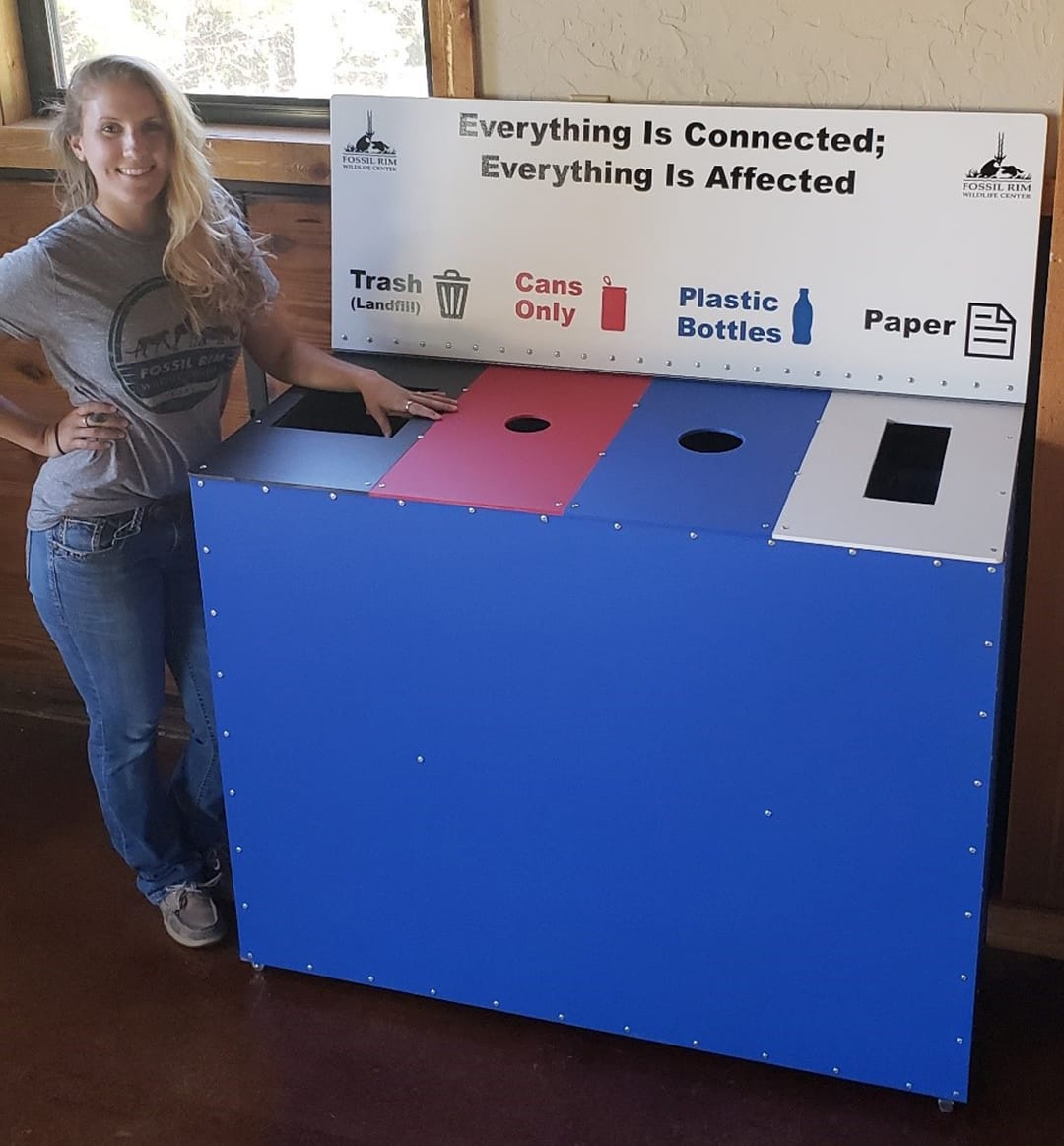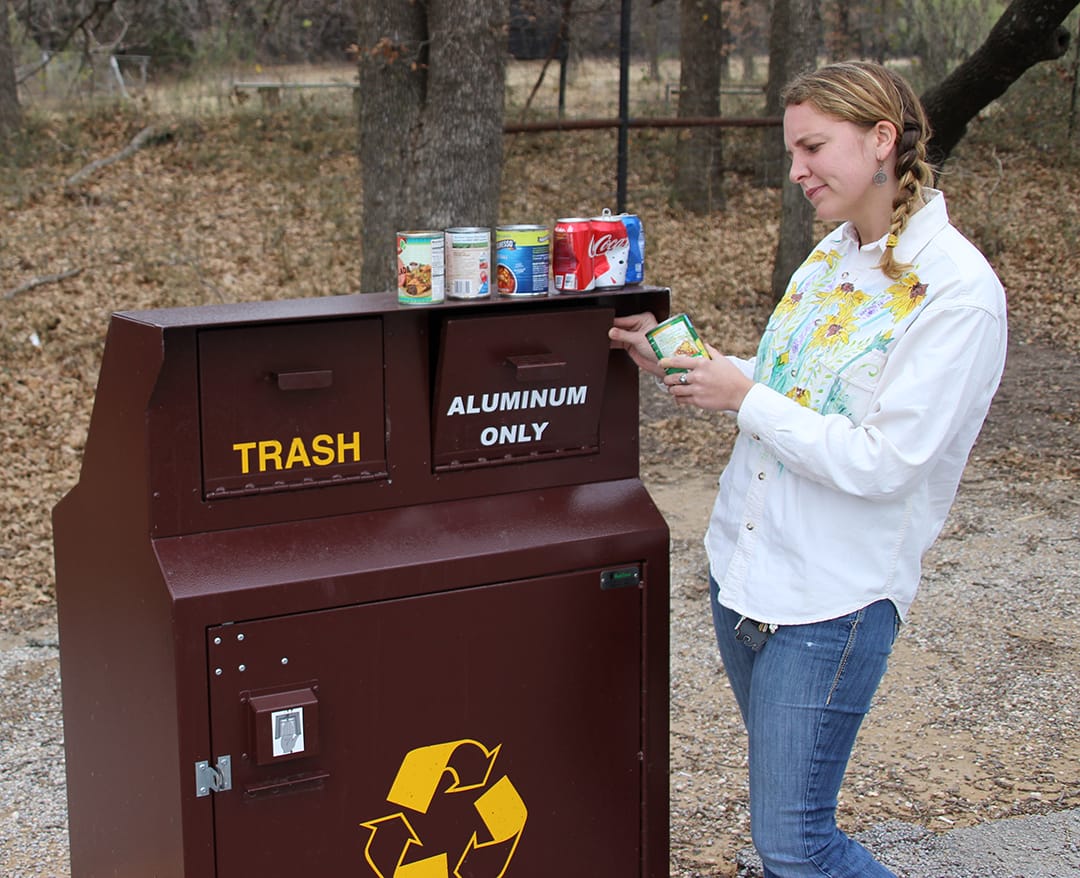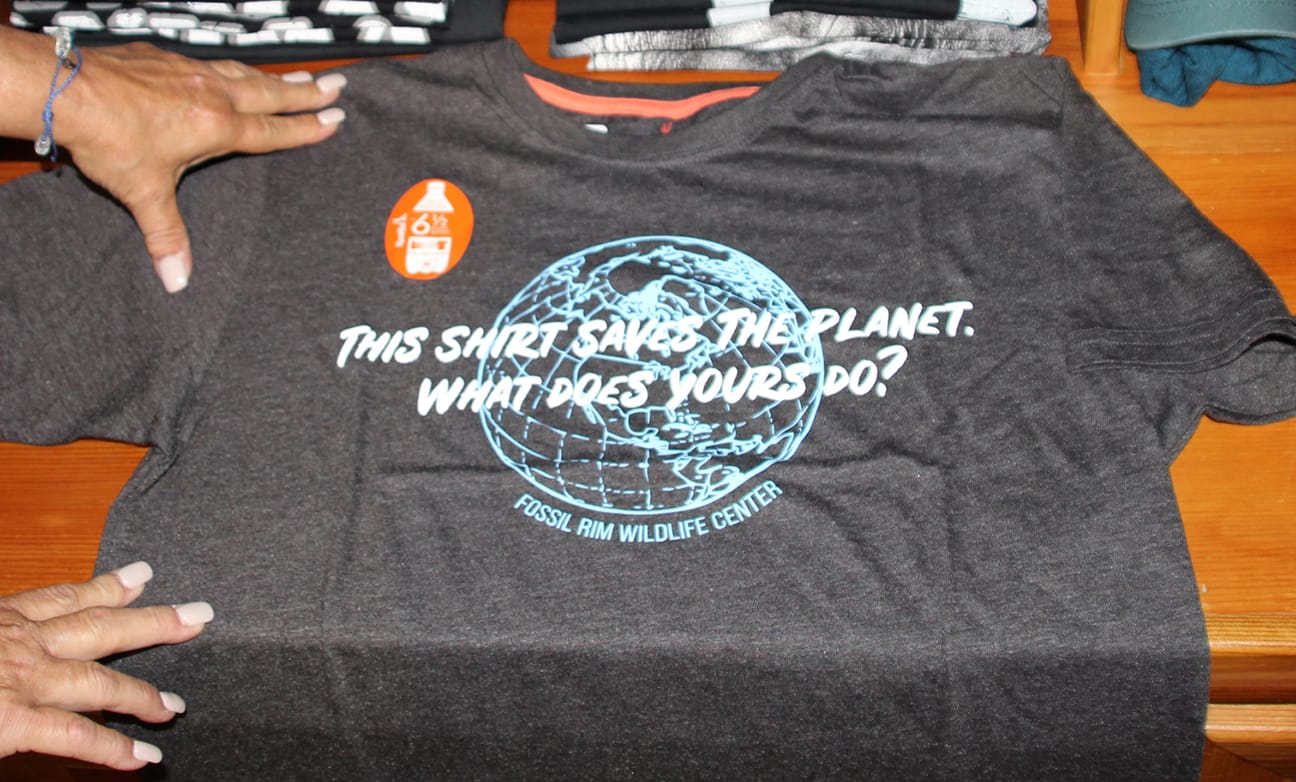November 15 is America Recycles Day, and it is a time to encourage Americans to commit to reducing waste, reusing resources, as well as recycling and buying recycled items. This occasion was created by Keep America Beautiful Recycling Programs.
It’s America Recycles Day! So, the point is to educate and spread the word about recycling, right? What if we took a different approach and discussed what recycling really is and how it fits into green initiatives?

In the beginning, natural resources are harvested and combined with other materials to create items like glass, aluminum, and plastic. Instead of always collecting new material to create a bottle or tin can, companies have learned they can recycle that old bottle and turn it into something new without overharvesting!
However, some material breaks down over time and can’t be recycled or remade into its original form. Therefore, it’s important to distinguish between the different types of plastic, glass, and metal to properly recycle them.
Food for thought: not all recycling is the same! There are three prime examples of how efficient recycling is or isn’t.
Glass can be infinitely recycled. What this means is a glass milk bottle can be turned right back into a different glass milk bottle! There is no loss of the material being recycled or overharvesting of the sand and other materials needed to create new bottles.

Industries could theoretically keep recycling the glass without needing to harvest fresh materials from the Earth. This is called a “closed-loop system” because it’s a sustainable material that can be recycled over and over.
Closed-loop systems also apply to scrap metal. Scrap metal ranges from car parts to soda cans. The material is 100 percent recyclable and is not downgraded into a less durable material overtime. It takes far less energy to produce recycled material than to do so from raw harvesting.
On the other hand, recycling plastic is not a closed-loop system. But, it’s still a better option to recycle that water bottle instead of tossing it into the trash.

However, the process of recycling plastic is different than glass and aluminum. The chemicals that create plastic items can’t be remade for their original purpose. They are instead downgraded into a material that is eventually not recyclable and can only be landfilled.
An example of downgraded plastic is T-shirts. Recycled plastic goes through several intense stages that chemically alter plastic pieces into thread. This thread is typically used to make clothing!

At the end of the day, recycling is important, but there are better options out there. Think of the best way you can promote a closed-loop system. One way to improve the system is to recycle and buy items made from recycled products!
-Vanessa Hays, Natural Resources Manager

